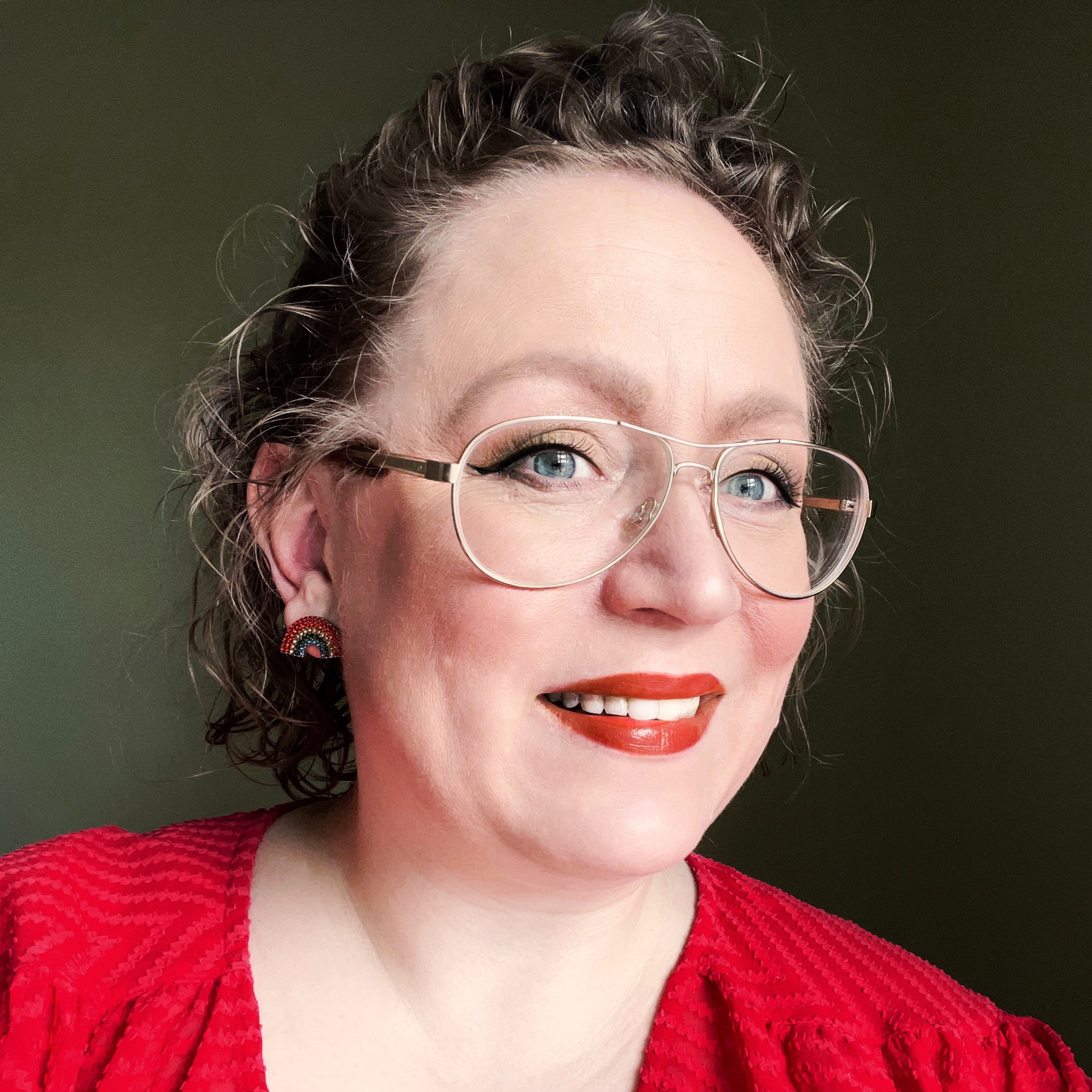ABA
and the link to LGBTQA+ conversion therapy
By Camilla Asra Engelby

I’ve mentioned ABA in previous blog posts, but what actually is it?
ABA is short for Applied Behaviour Analysis. It’s a form of behaviourism. Its purpose is to change the natural behaviour of autistics through a rigid training regimen that train autistics (primarily) children to mask their autistic identity aka appear “normal”. The training goes on for several years for up 40 hours a week.
Applied Behaviour Analysis is highly controversial and is widely condemned by the autism rights movement as constituting abuse, including resulting in life-long trauma. Practitioners of ABA are not required to learn about autism in order to gain certification. The emphasis of this form of autism therapy is on indistinguishability instead of much needed acceptance and inclusion. ABA has a history of the use of aversives such as electric shocks, which is currently legal in the USA. Furthermore ABA is also controversial due to its relatively weak evidence base, and researchers’ failure to investigate possible harms and disclose conflicts of interest.
ABA is extremely traumatising
A study from 2018¹ examined perspectives of autistic adults that received ABA as children and found that the overwhelming majority reported that “behaviourist methods create painful lived experiences”, that ABA therapy led to the “erosion of the true actualising self”, and that they felt they had a “lack of self-agency within interpersonal experiences.”
The study also found that nearly half of autistic adults that received ABA as children developed PTSD.
Without ABA roughly 28% autistics still develop PTSD, this is most likely caused by the trauma of growing up autistic in a world that do not accept and include us as we are.
PTSD in autistics that
received ABA as children
No Data Found
PTSD in autistics that
didn’t receive ABA as children
No Data Found
● No PTSD | ● PTSD
ABA and the link to LGBTQA+ conversion therapy
Norwegian-American clinical psychologist Ole Ivar Lovaas is widely recognised as the founder of ABA. But Lovaas’s crusade to “normalise” deviance was not limited to autistic children. In the 1970s, he lent his expertise from autism therapy to a series of experiments called the Feminine Boy Project. The aim of the project was to see if operant conditioning could be employed as an early intervention in cases of gender confusion to prevent the need for reassignment surgery in the future. The project’s most celebrated success story was Kirk Andrew Murphy, who was enrolled in the government-funded experiment at UCLA by his parents at age five.
To nip the little boy’s “inappropriate” behaviour in the bud, a programme of total immersion based on Lovaas’s work on autism was devised.
This time, instead of stimming, avoiding eye contact and other autistic traits, the behaviours targeted for extinction included the playing with dolls, being effeminate and other feminine traits.
The tragic consequences
Murphy was primarily treated by doctoral student George A. Rekers. Rekers went on to become a founding member of the Family Research Council, a faith-based organisation that lobbies against LGBTQIA+ human rights issues. Rekers was also on the board of the National Association for Research and Therapy of Homosexuality (NARTH), an organisation of scientists that says its mission is to offer treatment to those who struggle with what they call “unwanted homosexuality”. Rekers resigned from NARTH in 2010 after being involved in a scandal where he was accused of having an affair with a male escort hired from rentboy.com. Rekers denied that the relationship was inappropriate, saying the man was his “travel assistant”.
After 10 months of formal treatment, which similar to ABA therapy, included physical punishment, Rekers said Murphy no longer exhibited feminine behaviour and had been successfully treated.
Kirk hanged himself in 2003 at age 38, following decades of depression. His family attribute his suicide to his participation in the project. When CNN informed Rekers that Murphy had killed himself, he expressed his sympathy but said there is no evidence to support that the (ABA-based) programme was related to his death.
Let’s make a better world without ABA or any other form of conversion therapy
Both projects – ABA and the Feminine Boy Project – involved systematic attempts to slap, shout, reward, shock, and ignore autistic and gender non-conforming behaviours out of children. Like conversion therapy ABA can inflict long term damage such as PTSD, severe depression or anxiety. And while there are currently 14 countries with some form of national ban on conversion therapy, ABA is flying under the radar and is even being endorsed by some autism charities.
When asked why she enrolled her son into the programme Kaytee Murphy said “she wanted Kirk to grow up and have “a normal life””. The very same argument I often experience autism parents make to justify subjecting their children to ABA. The fear that their children won’t be able to make it in this super neurotypical and ableist (as well as hetero and gender normative) world we inhabit.
But as both a neurodivergent (autistic, ADHD and dyspraxic) person and a member of the LGBTQIA+ community I say; if the world is not fit for purpose, let’s instead transform the world into an inclusive and accepting place where autistic and LGBTQIA+ people won’t have to mask their true selves. Rather than subjecting individuals to excruciating therapy with potential harmful or even lethal consequences.
I am what I am
And what I am needs no excuses
I deal my own deck
Sometimes the ace sometimes the deuces
It’s my life that I want to have a little pride in
My life and it’s not a place I have to hide in
Life’s not worth a danm til you can shout out
I am what I am

Privacy statement | Cookie policy | Disclaimer | Imprint | Copyright Camilla Asra Engelby